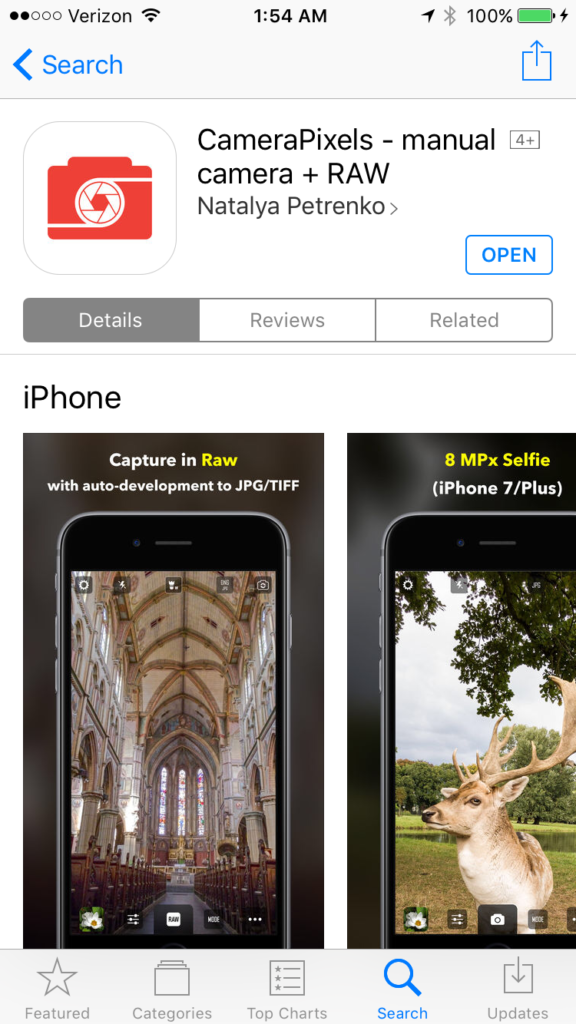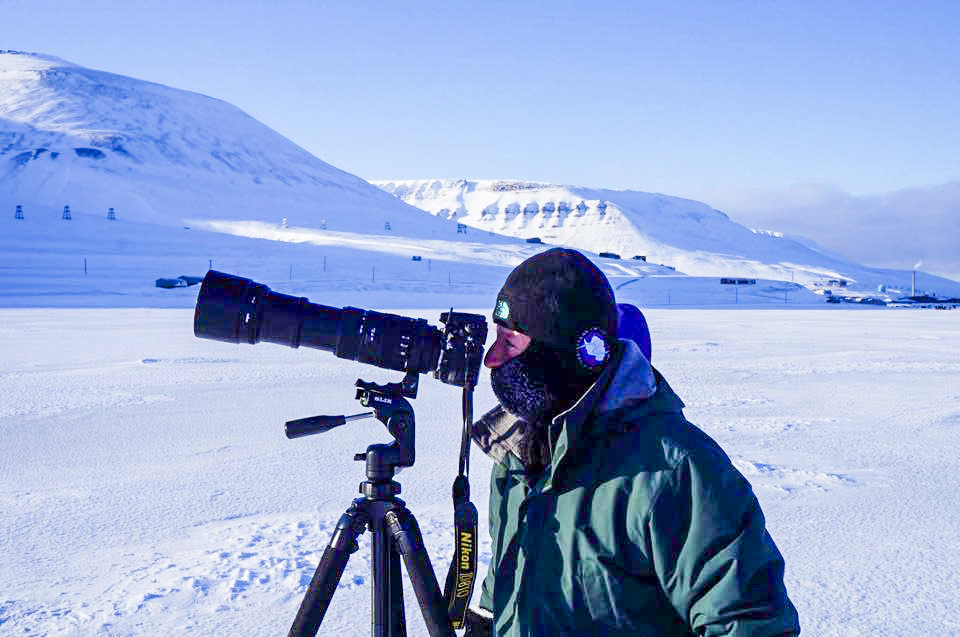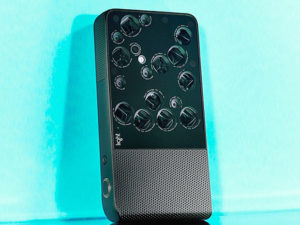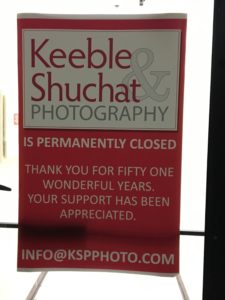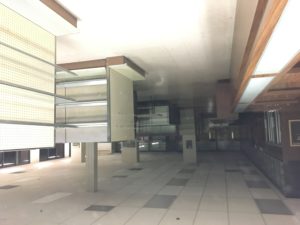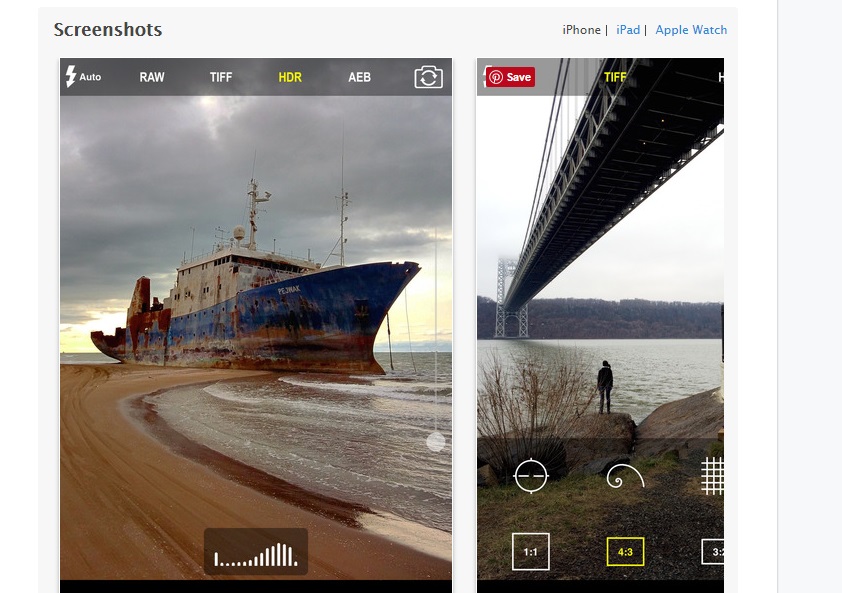IMPORTANT UPDATE ON AUGUST 11, 2017:
Dear Readers,
I must retract my support for the Vello off-camera flash cord. It is cheaply made and recently and suddenly failed, disabling my camera during an important client shoot. I ended up paying over $300 to have the failed Vello accessory removed from my camera, and I lost use of my camera for more than a month while the repairs were being done.
Since this failure occurred, I’ve been very happily using a genuine Nikon brand off-camera flash cord:
The Nikon unit costs more than the Vello unit, but in my estimation it is much more solid and reliable. I strongly urge all photographers to stay away from the Vello cord.
Here is the original post for reference, but please understand that I retract my support for this product.
=======
When it comes to gear, a lot of photographers will spend a lot of cash on a camera body, lens, or tripod head that they hope will magically elevate the quality of their images. I’ve said it before, and I’ll say it again: great images are made by great photographers, regardless of the gear they use. I find that in most cases, spending a lot of money on a new piece of kit will not result in dramatically improved images, at least not right away. But sometimes it’s a little, inexpensive accessory that can immediately transform our images. A good polarizing filter, for example, can almost magically improve landscape images by enhancing skies and mountains and reducing unwanted reflections. In today’s post, I sing the praises of another inexpensive accessory that can make a big difference: the off-camera flash cord.
 This portrait of a student at a Cuban school is compelling for its subject’s poise and its strong color scheme, but the lighting from the hot-shoe mounted speedlight is a bit harsh. Buy this photo
This portrait of a student at a Cuban school is compelling for its subject’s poise and its strong color scheme, but the lighting from the hot-shoe mounted speedlight is a bit harsh. Buy this photo
Using your camera’s built-in flash or a speedlight mounted to the camera’s hot-shoe provides lighting that is aimed directly toward your subject from the plane of the camera’s sensor. This light will bounce off the subject and come directly back to the camera, which makes for quite harsh lighting, often severe shadows, and red-eye or other unwanted effects. These often undesirable characteristics can be mitigated a bit by using the flash unit’s tilt head to bounce the light off a wall or ceiling, or by dialing back the power of the flash’s output, but direct flash lighting is rarely the most attractive.
Instead, get the flash unit off the camera to enhance the lighting. By purchasing an inexpensive off-camera flash cord, you can connect the flash to the camera’s hot-shoe while having the freedom to hold the flash away from the camera and to aim it any way you like. I usually hand-hold the flash in my left hand while holding the camera in my right, but occasionally it is necessary to have both hands on the camera, in which case a bracket or stand can be used to hold the flash. Depending on the situation, I will either aim the flash head toward the subject or bounce the flash off another surface such as a ceiling, wall, or even my own clothing. With the off-camera flash cord, there is much more flexibility in how to position and aim the flash.
NOTE: I RETRACT MY SUPPORT FOR THIS ACCESSORY. SEE THE NOTE AT THE TOP OF THIS POST. Here is the flash cord I use. It’s an independent brand (not made by Nikon, my camera’s and flash unit’s manufacturer), but I’ve found it to be at least as reliable, usable, and durable as the manufacturer’s own cord. Best of all, this accessory costs less than $20, making it one of the best bargains I’ve encountered in the photographic accessory space.
The results from getting the flash unit off of the camera can be dramatic. This image from Carnaval San Francisco is striking for the subject’s vibrant color and energetic sense of motion. There are few visible shadows on her face, and the lighting is natural looking and even.
 Getting the flash unit off of the camera’s hot-shoe yields even and natural lighting that is free from the harsh appearance and unflattering shadows often found in flash photography. Buy this photo
Getting the flash unit off of the camera’s hot-shoe yields even and natural lighting that is free from the harsh appearance and unflattering shadows often found in flash photography. Buy this photo
There are other methods you can use for off-camera flash. These days, many photographers use wireless triggers for the camera and flash to communicate. If this setup works for you, great, but I’ve found a good old-school flash cord to be more reliable than wireless.
Try getting your flash off of the camera with a cord or wireless setup. I think you’ll be very pleased with the results and the return on investment is likely to be higher than with most other gear purchases.
How do you use flash in your photography? Any indispensable little accessories in your bag? Please share your thoughts here.
Want to read more posts about photographic gear? Find them all here: Posts on Gear.





